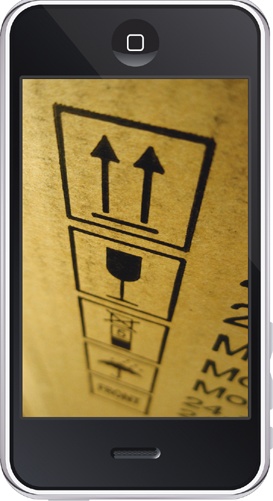Chapter 9. Know the Landscape
THE SPIN ON SCREEN ROTATION
WHICH WAY IS UP? As far as the iPhone’s concerned, it’s all relative. Spin the device any which way, and it keeps up with you, rotating your app’s interface so that it’s always upright—provided, that is, that you support rotation in your app. But should you?
You’re not obliged to offer screen rotation. As you’ll see, squeezing your app into a new orientation involves more subtle design considerations than you might at first anticipate. It takes lots of work and careful thinking to show your wares to best effect in both portrait (vertical) and landscape (horizontal) views. Doing a half-hearted job on screen rotation is worse than not doing it at all. The best advice: make your app the best it can be in one orientation—usually portrait—and once you’ve nailed that, consider whether you might support the other orientation, too.

What’s the big deal—it’s just a change in screen dimensions, right? That in itself isn’t new territory for software designers. Managing variable window sizes in desktop software or wildly different screen resolutions for the Web are familiar challenges. Some of the same considerations apply here, too—how to reflow the layout to fit the new orientation—but a change in rotation also signals a change in the user’s mindset. People flip their iPhones with a purpose, and that motivation ...
Get Tapworthy now with the O’Reilly learning platform.
O’Reilly members experience books, live events, courses curated by job role, and more from O’Reilly and nearly 200 top publishers.

